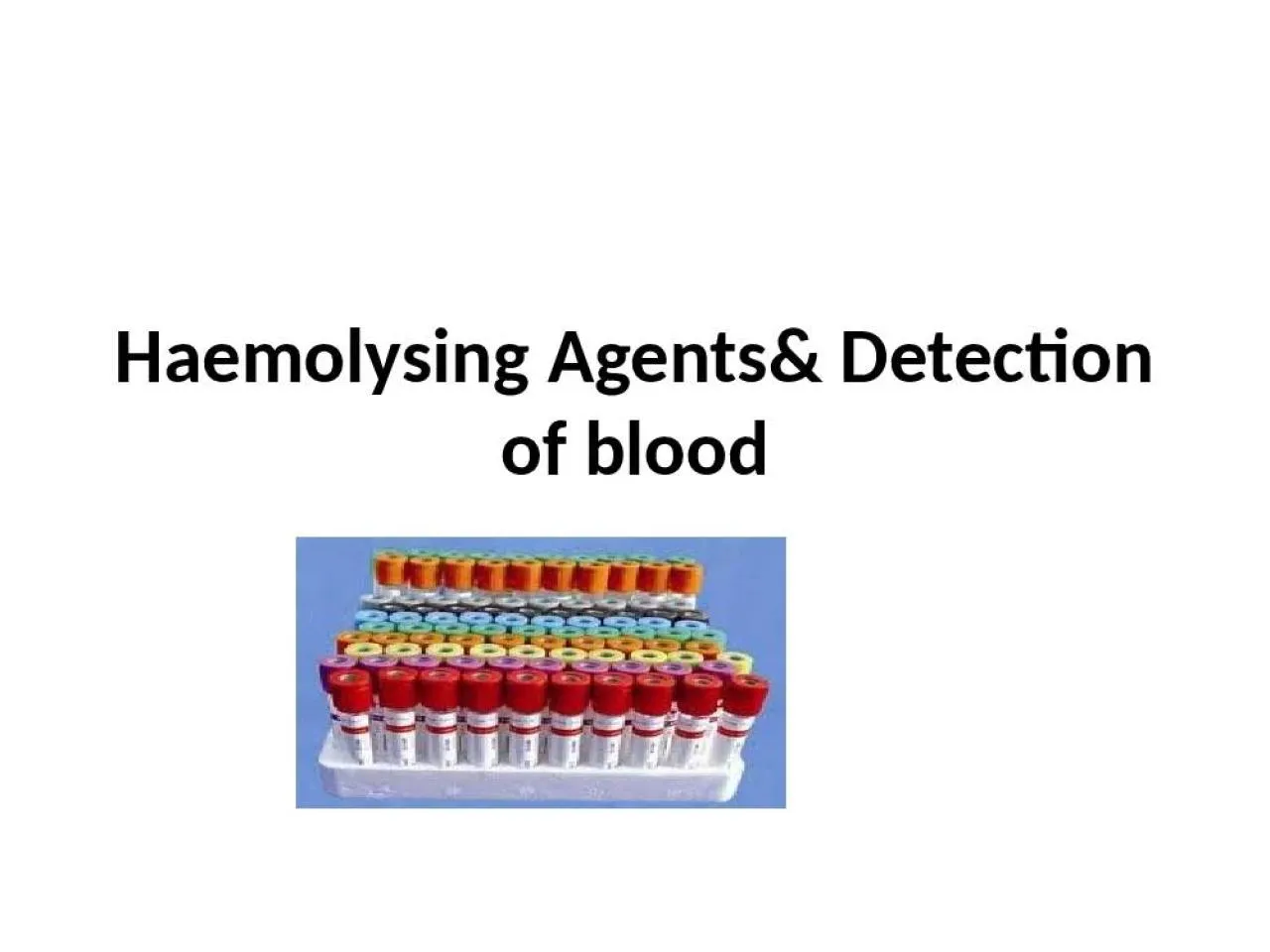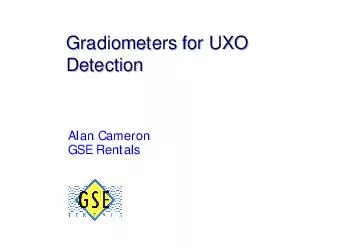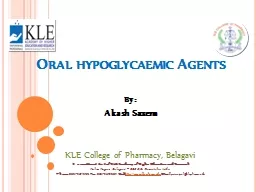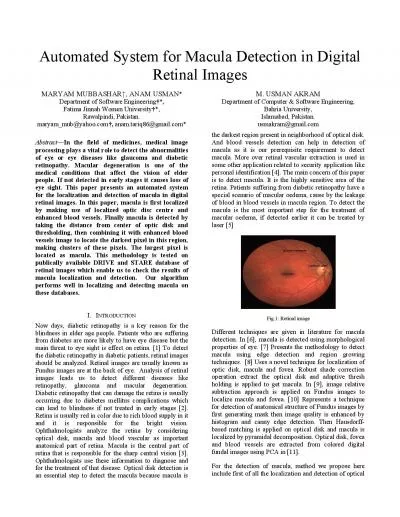PPT-Haemolysing Agents& Detection of blood
Author : lily | Published Date : 2022-05-31
Blood components Erythrocytes RBCs Life cycle 120 days Lack a nucleus and other organelles 33 of weight is hemoglobin molecules Function gas transport RBCs are
Presentation Embed Code
Download Presentation
Download Presentation The PPT/PDF document "Haemolysing Agents& Detection of bl..." is the property of its rightful owner. Permission is granted to download and print the materials on this website for personal, non-commercial use only, and to display it on your personal computer provided you do not modify the materials and that you retain all copyright notices contained in the materials. By downloading content from our website, you accept the terms of this agreement.
Haemolysing Agents& Detection of blood: Transcript
Download Rules Of Document
"Haemolysing Agents& Detection of blood"The content belongs to its owner. You may download and print it for personal use, without modification, and keep all copyright notices. By downloading, you agree to these terms.
Related Documents














